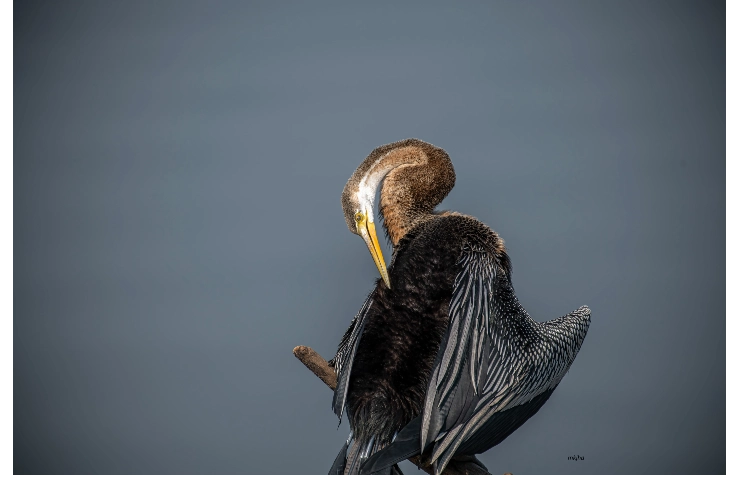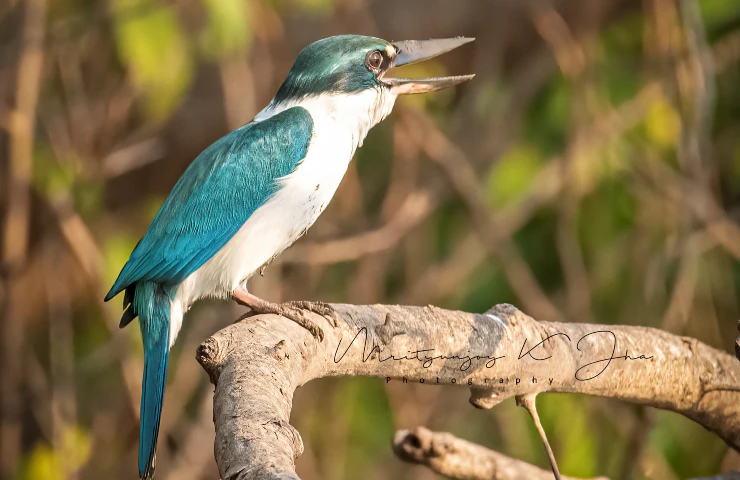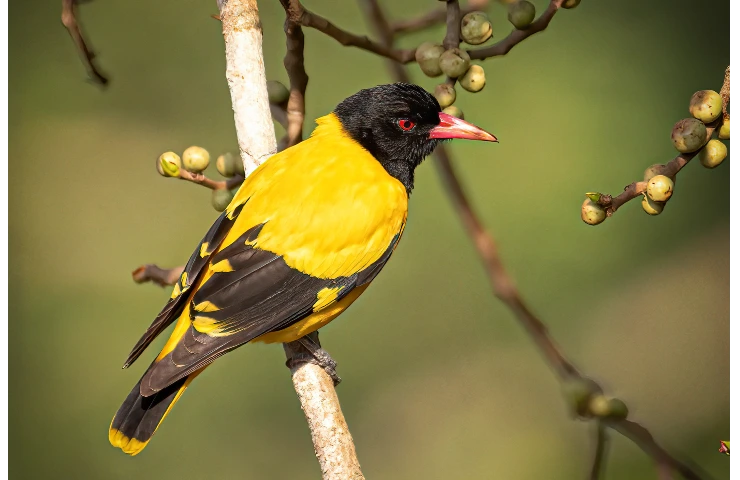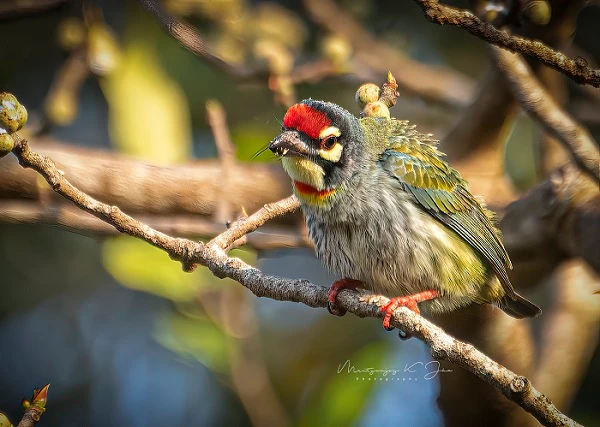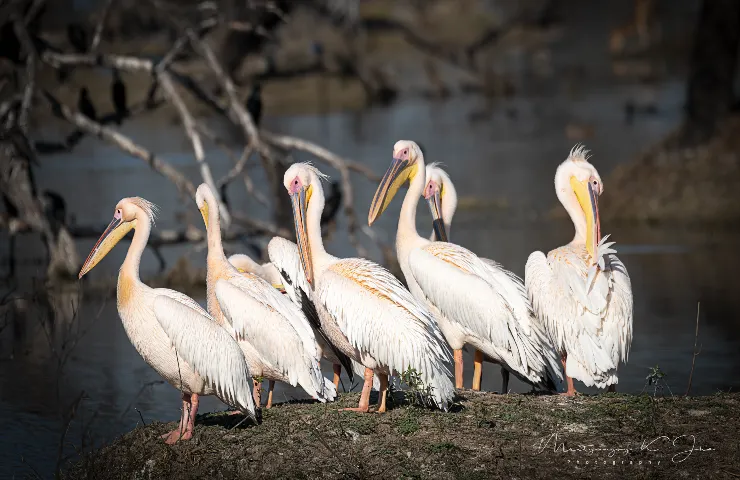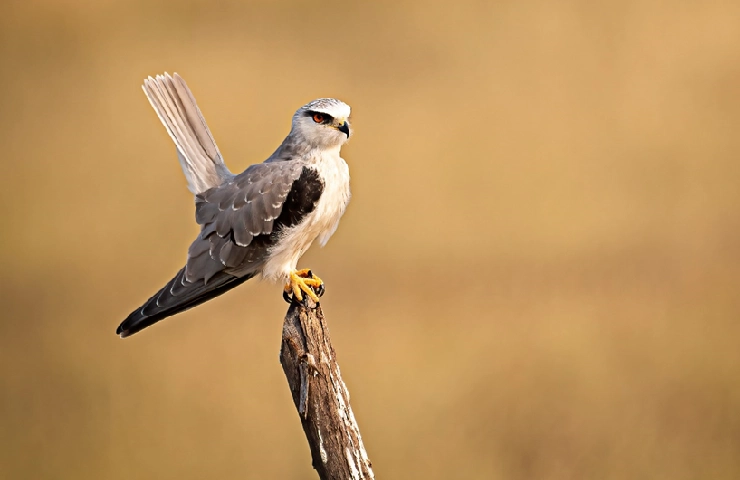Here, I once again met our favourite feathered friend – Oriental Darter who was busy catching fish in the Bharatpur's Keoladeo National Park. It is a joy to watch as it dives beneath the surface and comes up with fish impaled on its dart-like beak. It then flicks its prize nto the air and swallows it whole, head first. The bird's body remains submerged as it swims — only the slender neck can be seen above the water. From a distance the Oriental Darter bears the appearance of a water snake. No wonder that is commonly called, snake bird. Interestingly, the Oriental Darter in Hindi is called “Teerandaz” (तीरंदाज), which means an ace archer.
While, I and a group of avian enthusiasts, were watching this darter finish its meal, we saw another one who surfaced with its catch. This was a big fish and while the darter was trying to gulp it down, suddenly one little cormorant surfaced and both of them were soon locked in a Tom-Jerry chase. But the darter won the day by finally gulping down its prey, leaving the cormorant frustrated, though not for too long. Within a few minutes, the cormorant was chasing another darter.

“This time the ponds of the park are full of water and fish compared to the last three years. You will find many more water birds including pelicans,” says our Raju guide.
True, but that does not remove the tag of “Nearly Threatened” species put by the IUCN on the oriental darter or Indian darter, scientifically known as Anhinga melanogaster.
The bird while underwater is absolutely sleek and looks like a snake or a eel propelled forward by powerful feet. These are one of those birds whose wings are not protected with wax-like secretion that keeps other water birds' wings dry. That does help maintaining the buoyancy under water, but have to be constantly dried in the sun.

Not surpsingly, these gorgeous birds are often seen 'posing' under the sun, with their wings stretched out and their long tail fanned, making them look mythical and macabre. And these avians are a real treat to eye when they stretching and preen with classy elegance. As they check and recheck their bodies, the Oriental Darters are actually cleaning each feather, removing any insects or lice, re-aligning the feather to get maximum aerodynamic advantage.
According to ebird website, the Oriental darter is a large bird, measuring 85 to 100 cm in length and weighing 1kg to 2kg. The wingspan is 115 to 130 cm. The beak is long and measures 7 to 8 cm. There are four species of darters but the Indian darter is seen in the Indus Valley range in northern India, Pakistan, Sri Lanka and other parts of Southeast Asia.

Darter eggs are a delicacy in certain cultures, while the birds are also eaten off and on. Some nomads in Assam and Bengal used to train Darters as in Cormorant Fishing – a traditional fishing technique of Japan in which fishermen use trained Cormorants to catch fish, where the bird has a ‘collar’ like that of a dog around its throat, preventing it from eating the fish it catches. Thus, when the fish is caught, the fisherman brings the bird back to the boat and takes the fish from it. Now under the Indian Wildlife act, this is illegal.
According to one estimate, there are only 22,000 individuals of the Oriental darter species left in the world. Habitat loss, especially food habitat, caused by various factors is the main reason for its dwindling numbers, says the IUCN assessment. The telling argument in the IUCN study is the lack of efforts to raise awareness about the bird and the threats surrounding it. Considering how beautiful the Oriental Darter is, an awareness campaign about it shouldn’t have a problem drawing attention.
![]()
Also Read: The Krunj cranes who taught Pandavas winning V-formation in the battle of Mahabharat






